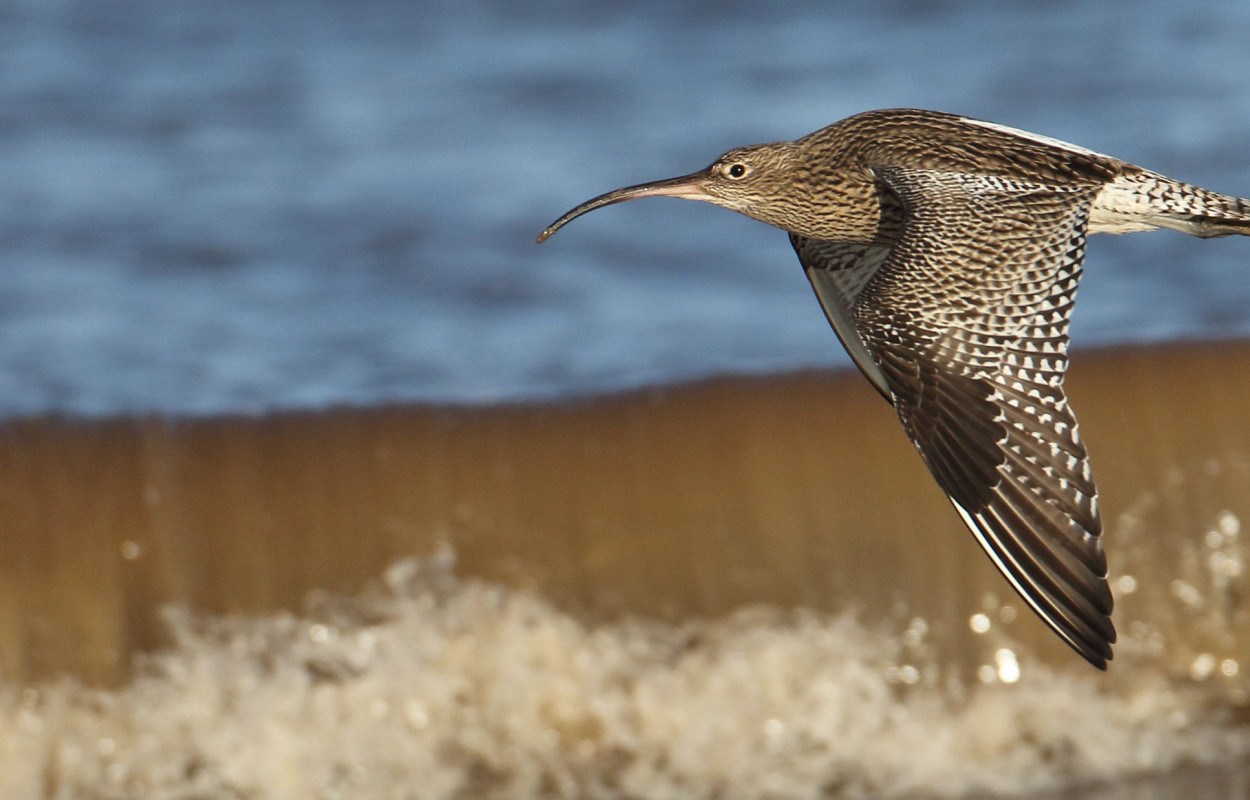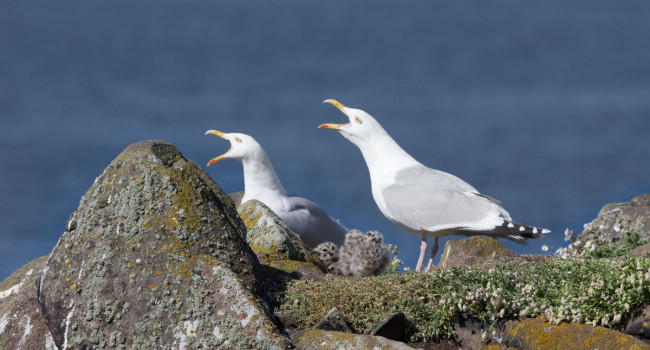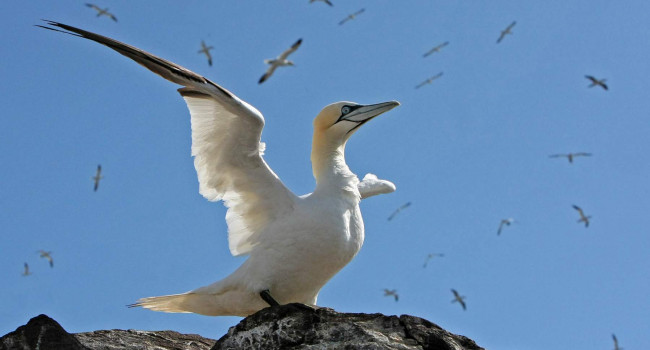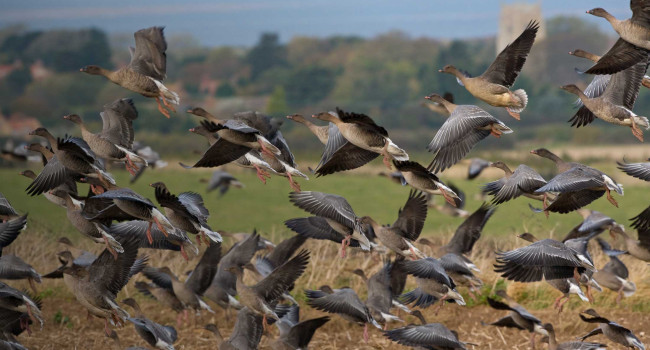Temperature and density influence survival in a rapidly declining migratory shorebird

Author(s): Cook, A.S.C.P., Burton, N.H.K., Dodd, S.G., Foster, S., Pell, R.J., Ward, R.M., Wright, L.J. & , Robinson, R.A.
Published: May 2021
Journal: Biological Conservation
Digital Identifier No. (DOI): 10.1016/j.biocon.2021.109198
Abstract
Migratory species face geographically dispersed pressures over the course of their annual cycles. Designing effective conservation strategies for these species requires a detailed understanding of how these different pressures affect demographic rates throughout the annual cycle. As a long-lived species, population trends in the rapidly declining Eurasian curlew Numenius arquata are likely to be highly sensitive to impacts on adult survival. We combine data from multiple sources to analyse survival rates of overlapping populations that breed and/or winter in the United Kingdom. Our analyses demonstrate that curlew survival rates are reduced by cold weather and at high density; however, overall survival rates are high and have increased in recent years. Current population declines are, therefore, likely to be driven by low productivity. As such, efforts to stabilise and reverse declines should focus on increasing breeding success from current estimated levels of 0.25 chicks per nest to 0.43 chicks per nest. In addition to increasing productivity, effective conservation strategies will need to maintain high levels of survival, which requires an improved understanding of population connectivity and demographic variation throughout the annual cycle.
Planning effective conservation strategies for migratory birds can be tricky. It is crucial to identify and understand the potential risks to survival on the species’ breeding and wintering grounds as well as on their migration routes. Furthermore, conservation efforts need to be coordinated across all these locations (which often cross international boundaries) and target the pressures that are likely to have the largest impact on population trends.
For Curlews, a globally near-threatened species, any increase or decrease in their numbers is likely to be affected by how long they survive as an adult, as they live for 10-15 years on average. As with other migratory species, much of the previous research into the factors affecting their numbers has focused on the breeding season. However, in reality the breeding season is a small proportion of a Curlew’s annual cycle, and it is possible that pressures they face during other parts of their cycle could be having a greater impact on overall population trends.
Using data from the BTO Bird Ringing Scheme, BTO researchers have collaborated to uncover potential pressures on Curlew at different stages of their life cycle. By using established analysis techniques to take into account not only the likelihood of a bird’s survival, but also other factors such as the probability of someone reporting a bird’s colour ring, and the likelihood of recovering it deceased, the research team looked at data from over 15,000 ringed Curlews to determine what pressures (and at what life stage) may be most affecting population declines.
In line with previous research, the results showed that cold winter weather and increased population density negatively affects survival rates of Curlew wintering in the UK. However, overall adult survival rates are high and have actually increased in recent years – and the work here shows that, in fact, it is the low breeding success that is negatively impacting the global decline of the species. From these data, it is estimated that on average, Curlew are only successfully raising 0.25 chicks per nest. To stabilise and reverse Curlew declines, this number would need to be increased to 0.43 chicks per nest.
This work highlights that the international conservation focus for Curlew should be on increasing nest productivity, as well as maintaining survival rates for the adult population.








Share this page